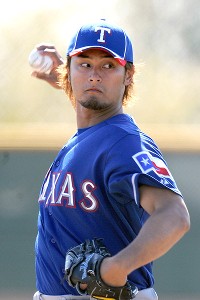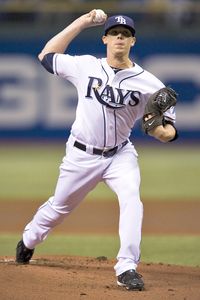Bend_The_Knee
formerly gotholesinmysocks
- 61,341
- 23,045
- Joined
- Apr 11, 2008
damn, joel zumaya out for the year
dude can't catch a break
dude can't catch a break
Follow along with the video below to see how to install our site as a web app on your home screen.

Note: this_feature_currently_requires_accessing_site_using_safari






"There aren't a lot of places for Abreu to go, because the general perception of him is that he no longer has the ability to play every day in the outfield, and most AL teams have filled their DH spots."










"There aren't a lot of places for Abreu to go, because the general perception of him is that he no longer has the ability to play every day in the outfield, and most AL teams have filled their DH spots."




Originally Posted by RetroBaller
Originally Posted by Stringer Bell 32
I'm looking to join a Yahoo fantasy baseball league this season.

Same here
Originally Posted by RetroBaller
Originally Posted by Stringer Bell 32
I'm looking to join a Yahoo fantasy baseball league this season.

Same here


If Los Angeles Angels outfielder Mike Trout or Washington Nationals outfielder Bryce Harper were a free agent, no strings, service time irrelevant, would either get paid what the Rangers paid for Darvish?



















